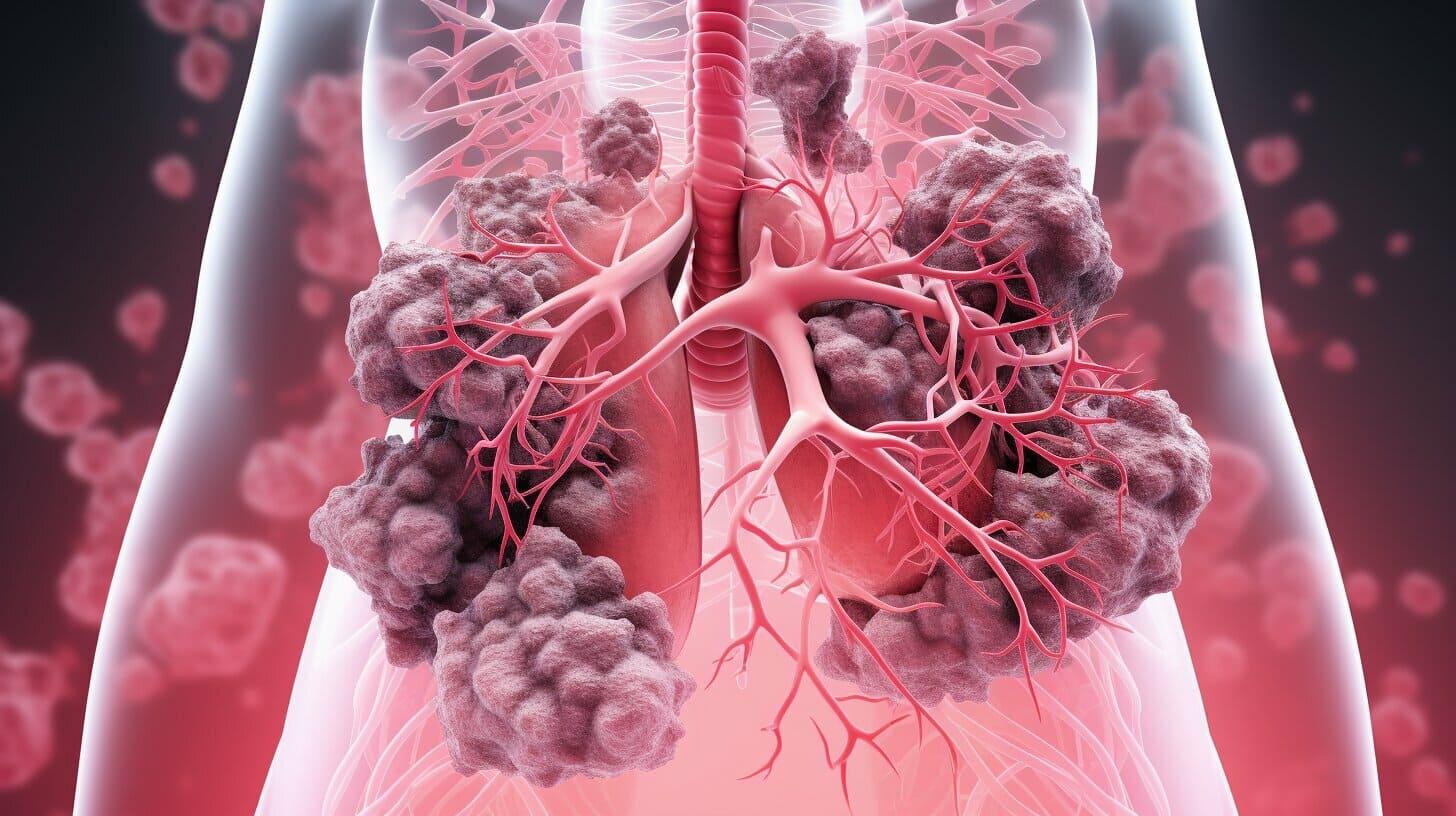KEY TAKEAWAYS
- The study aimed to examine pro-metastatic mechanisms of NSCLC H-cells and CICs, elucidating interactions with NK cells.
- The study concluded that H-cells drive NSCLC metastasis, influenced by altered NK cell interaction and B7-H3 role, suggesting potential combined NK-based therapies.
The pro-metastatic properties conferred by epithelial-to-mesenchymal transition (EMT) are most potent during the intermediate hybrid (H) state, combining mesenchymal (M) and epithelial (E) traits. However, the reasons for this advantage remain poorly understood, particularly regarding the potential role of H-cells and NK cells interplay in lung cancer.
Monica Parodi and the team conducted a study to explore the pro-metastatic mechanisms of NSCLC H-cells and cancer-initiating cells (CICs) by analyzing their interactions with NK cells.
Human lung cancer cell lines and sublines representing epithelial (E), mesenchymal (M), or hybrid (H) states were subjected to proteomic analysis. In vivo experiments assessed their tumorigenic and metastatic capacities.
In vitro, assays examined interactions with NK cells, including migration and cytotoxicity assays and evaluation of CD133+ cancer-initiating cell (CIC) modulation post-coculture. These findings were validated in vivo through NK cell neutralization assays. The correlation between EMT status, NK cell infiltration, and survival outcomes was assessed in a cohort of surgically resected NSCLC cases (n=79).
According to the study, H cells have the greatest capacity to start metastases in vivo but have the least ability to spread. Their capacity to avoid NK cell surveillance is correlated with this characteristic. Metastases with poor infiltration are caused by mechanistically reduced expression of NK-attracting chemokines (CXCL1 and CXCL8) by H-cells. GO enrichment and proteomic analyses of E, H, and M cell lines demonstrated modified secretory pathways during EMT.
H-CICs exhibit a distinct expression of high quantities of the inhibitory ligand B7-H3, which protects them against clearance by NK cells. Neutralization experiments in vivo verified that H-cells’ pro-metastatic characteristics circumvent NK cell regulation. Furthermore, examination of patient data revealed that individuals with a poor prognosis might be identified by looking for hybrid phenotypes linked to reduced NK infiltration in NSCLC tissues.
The results highlighted the critical role that H-cells play in NSCLC metastasis. B7-H3’s critical engagement and changed NK cell interaction drive their pro-metastatic advantage, which points to B7-H3 as a viable target for combination NK-based therapy.
Research was funded by the Italian Ministry of Health, Fondazione Regionale per la Ricerca Biomedica, the Italian Association for Cancer Research, IRCCS Ospedale Policlinico San Martino, and Fondazione IRCCS Istituto Nazionale dei Tumori.
Source: https://pubmed.ncbi.nlm.nih.gov/38458638/
Parodi M, Centonze G, Murianni F, et al. (2024) “Hybrid epithelial-mesenchymal status of lung cancer dictates metastatic success through differential interaction with NK cells.” J Immunother Cancer. 2024 Mar 7;12(3):e007895. doi: 10.1136/jitc-2023-007895. PMID: 38458638; PMCID: PMC10921513.



